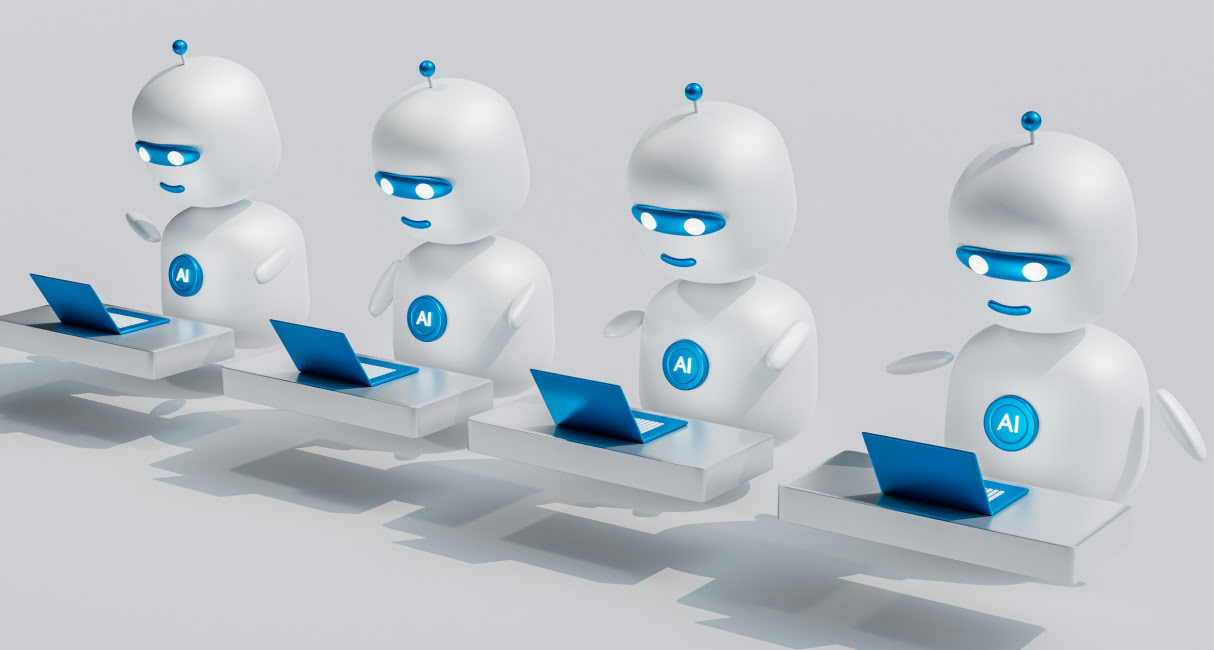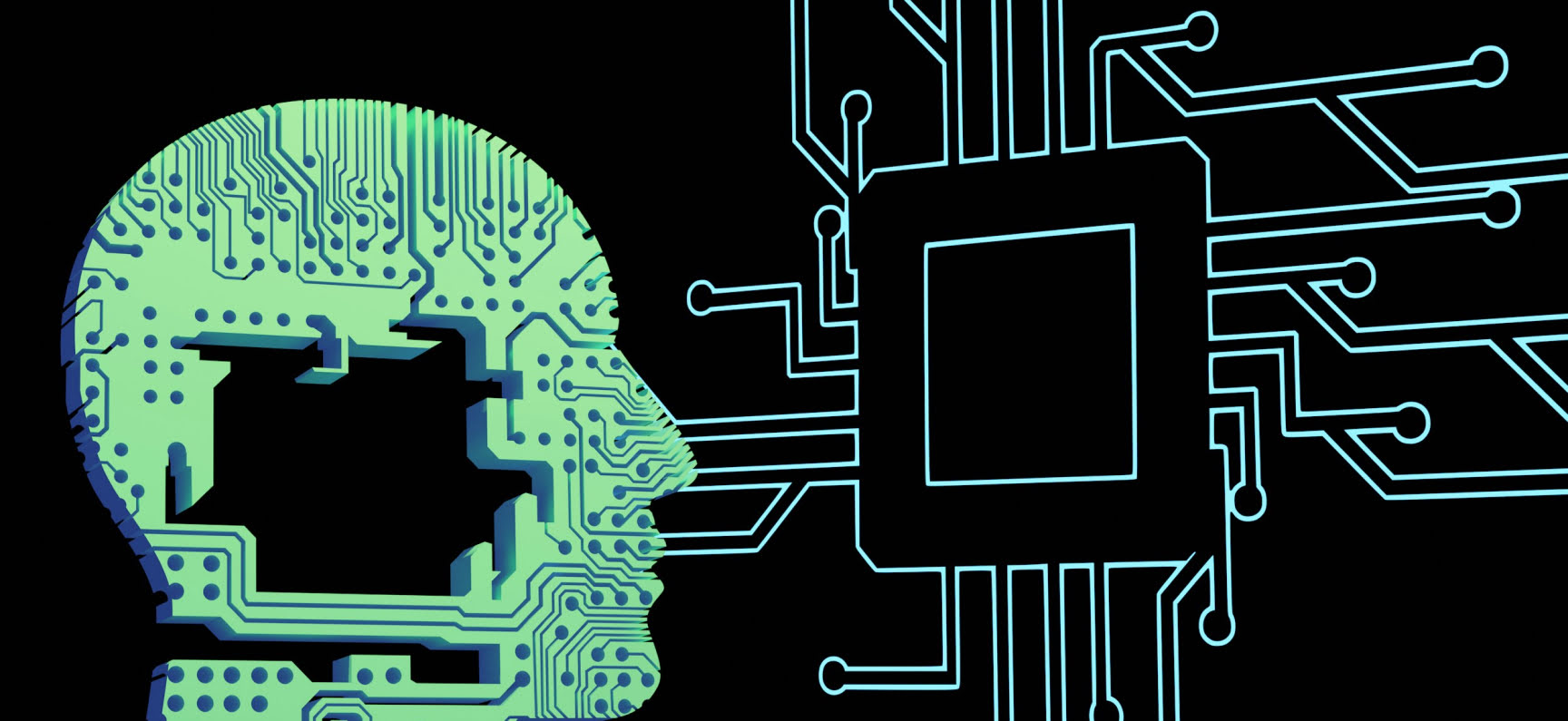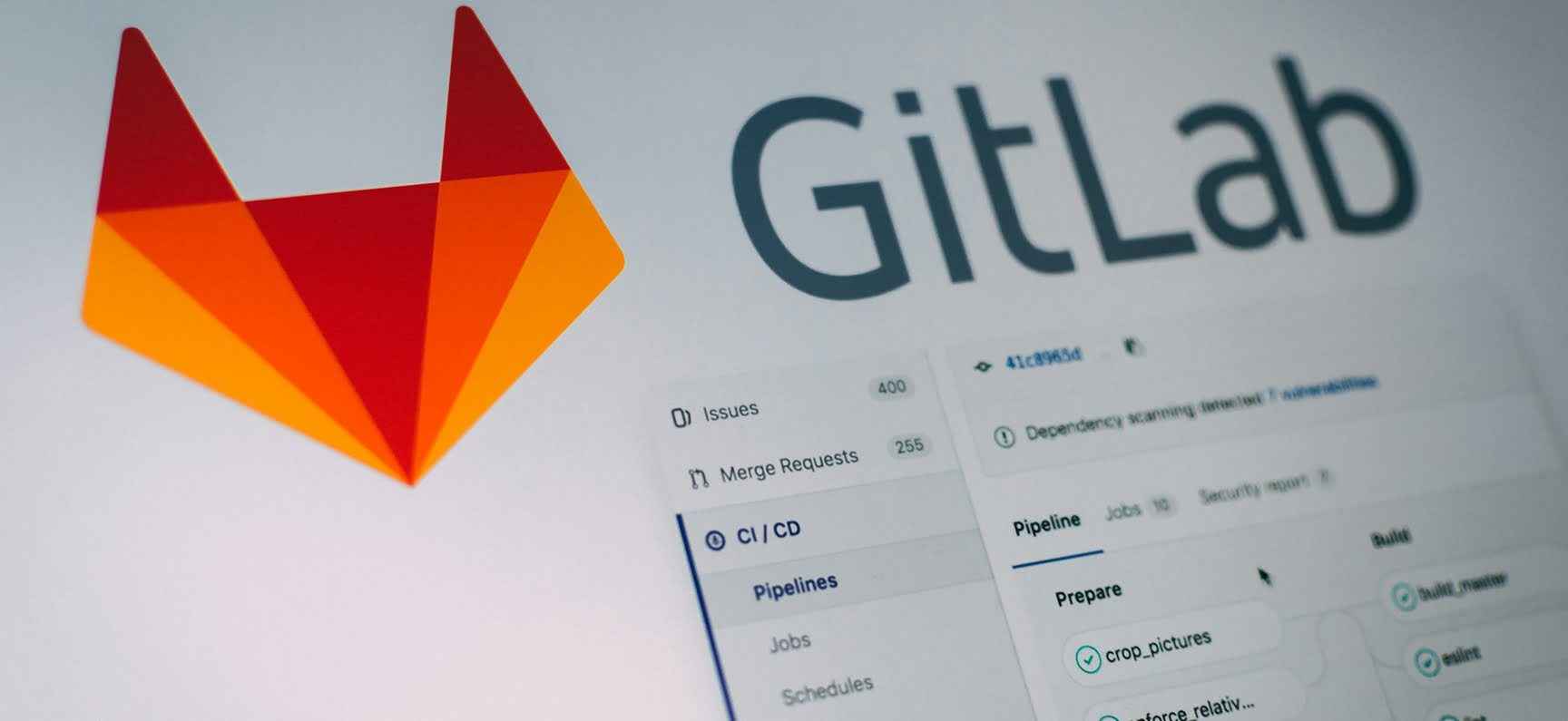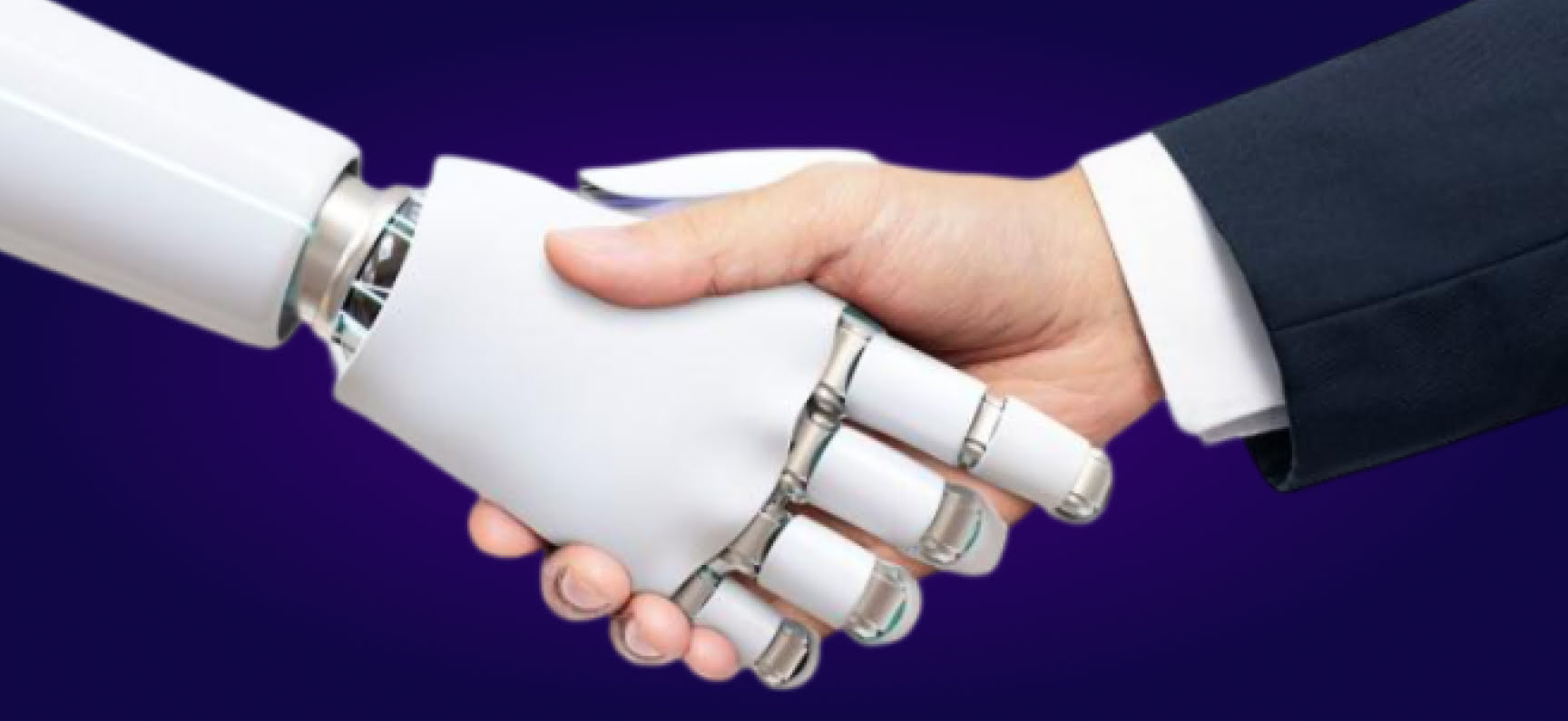In today’s hyper-connected world, innovation doesn’t happen in silos – it’s driven by powerful partnerships. And a few partnerships are transforming business as rapidly as AI and cloud computing. When artificial intelligence joins forces with scalable, on-demand infrastructure, the result is a game-changer for industries across the board.
Whether it’s predictive analytics, automated decision-making, or smarter DevOps, the fusion of artificial intelligence and cloud computing enables companies to work faster, make better decisions, and respond in real time. Add cloud computing and edge AI into the mix, and you get lightning-fast insights from data processed closer to the source – perfect for IoT, logistics, and high-frequency operations.
In this article, we’ll break down real-world use cases, show you how this tech duo is reshaping industries, and explain what it means for the future of your business. Let’s dive in.
What Is AI in Cloud Computing?
AI in cloud services is all about embedding artificial intelligence and machine learning for cloud computing directly into remote infrastructure platforms. This means leveraging cloud infrastructure – scalable storage, computing power, and orchestration – to train models, analyze data, and pull insights without needing in-house data centers.
By combining computing and artificial intelligence, businesses can access AI tools for cloud computing without heavy upfront costs or maintaining specialized hardware.

The Benefits of Using AI in Cloud Computing
The synergy between AI and cloud technology isn’t just a convenience – it’s a strategic advantage. By merging the processing power of the remote infrastructure with the intelligence of machine learning, businesses can unlock capabilities that were once too expensive or complex to scale. The result? Speed, precision, and insights on demand. Some of the most transformative benefits of using AI in cloud computing include:
- Scalable AI Projects: Train massive machine learning models using elastic, on-demand GPU resources across remote infrastructure platforms.
- Better Performance: Remote infrastructure systems dynamically allocate resources, letting machine learning processes run efficiently without manual interference.
- Faster Innovation: Data flows seamlessly from ingestion to model training, with automation reducing cycle times across the board.
- Business Growth: With machine learning powering customer insights, product recommendations, and operational forecasting, the remote infrastructure becomes a launchpad for innovation. Simply put, AI for business growth has moved from experimental to essential.
- Global Reach: Deploy AI services globally with minimal latency, especially when paired with cloud computing and edge AI strategies for real-time, location-aware processing.
How is AI Used in Cloud Computing
The role of artificial intelligence in cloud computing is huge. AI-driven services optimize performance, automate processes, and unlock new capabilities:
- Dynamic resource scaling powered by machine learning predictions that automatically adjust CPU, memory, and storage – this is where cloud computing and artificial intelligence affect on industry efficiency the most, especially in high-traffic environments.
- Proactive performance monitoring that leverages machine learning to detect anomalies and preempt failures, boosting reliability across sectors.
- Automated security policies and AI-driven threat detection, using machine learning to isolate vulnerabilities before they become incidents.
- Real-time cost optimization, a key use case for remote infrastructure computing using artificial intelligence, which ensures only the needed resources are scaled up, eliminating unnecessary spending.
- Personalized customer experiences powered by artificial intelligence and cloud services, including AI chatbots, recommendation engines, and intelligent self-service portals.
- Predictive maintenance, with machine learning analyzing IoT and operational data streams in real-time to prevent outages and reduce downtime.
- Global content delivery optimization using edge machine learning to process data closer to users, resulting in faster load times and reduced latency.
- DevOps intelligence, where machine learning reads deployment logs and behaviors to automatically fix errors, improve CI/CD pipelines, and support intelligent rollbacks.
This integration – cloud computing using artificial intelligence – delivers smarter, more responsive remote infrastructure environments for enterprises.

How Artificial Intelligence is Transforming Cloud Computing
When you merge the integration of cloud computing with artificial intelligence (AI), you don’t just get a powerful combo – you kickstart a revolution in how businesses operate, compete, and innovate. From smarter automation to predictive insights, machine learning supercharges remote infrastructure platforms with capabilities that were once impossible. The AI impact on cloud computing is felt across every industry. Sales teams see better analytics, DevOps teams experience smoother operations, and security teams gain real-time threat detection.
Expert Opinion «AI isn’t just the future of cloud computing – it’s the engine that powers smarter decisions, faster development, and leaner operations right now. At ARTJOKER, we’ve seen firsthand how the integration of AI and cloud can transform everything from infrastructure monitoring to personalized customer engagement. The real opportunity isn’t just in using AI tools – it’s in building intelligent systems that learn, adapt, and scale with your business. That’s the kind of innovation we help our clients unlock every day.»Oleksandr Prokopiev Chief Executive Officer, ARTJOKER Software
Let’s explore how this integration is turning ambitious goals into achievable results.
Real-Time Analytics on the Cloud + Edge AI
Using machine learning models at the edge, data is processed closer to users for extremely fast insights – ideal for manufacturing, retail, or IoT.
Intelligent DevOps with AI Tools
Tools for DevOps can analyze logs, identify performance regressions, and automate responses, boosting reliability and lowering toil. Learn more in our guide on AI tools for DevOps.
Smart Infrastructure Management
Machine learning and cloud computing combine to predict server spikes, balance workloads, and optimize costs.
AI-Driven Security
Machine learning enhancement in remote infrastructure security services helps detect anomalies, make smart firewall updates, and prevent breaches faster than manual automation.
Personalized Customer 360 Insights
Use machine learning to combine remote infrastructure data from sales, support, and marketing systems, creating a unified customer profile and delivering tailored recommendations in real time.
Automated Compliance & Governance
Machine learning monitors configuration and regulatory rules in real time, flagging policy violations or audit risks across your remote infrastructure environment before they become costly problems.
How to Add AI Solutions to Your Cloud Service Offerings?
1. Choose your environment
Decide whether to go full cloud, hybrid, edge, or a mix of all three.
2. Pick the right services
Select machine learning frameworks and managed services aligned with your business needs. See how Artjoker supports powerful machine learning infrastructure in our AI managed services offer.
3. Integrate into DevOps
Add machine learning pipelines into your CI/CD workflows with tools for DevOps to automate model tests and deployment.
4. Ensure security and compliance
Use remote infrastructure services with built-in compliance and extend them with AI-driven anomaly detection. Artjoker’s cloud security consulting helps close gaps.
5. Monitor ROI
Track cost savings, performance improvements, customer interaction metrics – AI + remote infrastructure is about results, not just novelty.

6 Real-World Examples of AI and Cloud Together
- Retail demand prediction via cloud-trained ML models
- Healthcare diagnostics to process imaging at scale
- Smart city IoT edge processing with machine learning at data-source nodes
- Finance risk modeling on fast serverless platforms
- DevOps root-cause analysis powered by cloud-hosted AI tools
- Customer insights dashboards tuned by an machine learning chatbot support
These use cases show how companies leverage ML for remote infrastructure computing and unlock new value streams.
The Role of Artificial Intelligence in Cloud Strategy
The role of AI in cloud computing isn’t just technical – it guides strategic business decisions. Whether accelerating product development, enhancing user experience, or shifting to predictive models, AI + cloud empowers enterprises to scale intellect alongside infrastructure.
Comparing AI Use Cases in Cloud Environments
AI + remote infrastructure deployments aren’t one-size-fits-all. Whether you're scaling globally or enhancing specific business functions, different combinations offer different strengths. Here's a snapshot of how machine learning is used across various remote infrastructure environments:
| Use Case | Cloud Type | AI Role | Business Impact |
| Predictive Maintenance | Hybrid/Edge | Real-time anomaly detection | Reduces downtime, improves safety |
| Personalized Recommendations | Public | Behavior tracking & personalization | Increases conversion and customer loyalty |
| Automated Compliance Auditing | Public/Hybrid | Continuous policy monitoring | Reduces regulatory risk |
| Smart Resource Allocation | Public | Forecast demand, auto-scale infra | Cuts costs, boosts performance |
| Intelligent DevOps | Any | Log analysis & deployment automation | Accelerates releases, reduces failures |
| Medical Image Analysis | Public | High-performance ML processing | Speeds up diagnostics |
| Chatbots for Customer Support | Public | NLP and adaptive response systems | Improves customer satisfaction |
| Real-Time Analytics at the Edge | Edge | Local ML inferencing | Enables ultra-low latency insights |
AI + Cloud Integration Readiness Checklist
Before jumping into development or deploying ML models in the remote infrastructure, it's critical to ensure your organization is ready for seamless integration. This checklist helps identify technical, operational, and strategic gaps to close before launching.
Checklist for machine learning + remote infrastructure readiness:
- Have you selected your remote infrastructure architecture (public, hybrid, edge)?
- Do you have access to GPU/TPU resources or managed machine learning infrastructure?
- Have you chosen an ML framework compatible with your remote infrastructure provider?
- Is your CI/CD pipeline ready for machine learning model deployment and rollback?
- Are security and compliance controls in place for machine learning workloads?
- Have you defined KPIs to measure machine learning performance and ROI?
- Do you have monitoring tools for model drift, performance, and costs?
- Are DevOps and data teams aligned on responsibilities and tools?
- Have you identified at least one high-impact use case for initial rollout?
Use this checklist to evaluate your team’s preparedness and uncover what you still need to successfully integrate artificial intelligence into your remote infrastructure ecosystem.

Why Choose Artjoker for AI and Cloud Integration
At Artjoker, we don’t just follow trends – we build future-proof solutions. When it comes to integrating AI with remote infrastructure computing, we bring a full-stack mindset and deep technical expertise to help you move faster, stay secure, and scale smarter.
Here’s why companies trust Artjoker:
- AI-Driven Architecture: We design remote infrastructure environments that are AI-ready from the ground up, optimized for machine learning, edge processing, and real-time analytics.
- End-to-End Support: From remote infrastructure engineering to machine learning managed services, we handle every layer of your digital ecosystem.
- DevOps + AI Integration: We bring machine learning directly into your DevOps lifecycle with intelligent automation, smart monitoring, and predictive workflows.
- Proven Results: Whether you're launching an machine learning chatbot or refactoring for cloud-native scalability, we’ve delivered high-impact outcomes for startups and enterprise clients alike.
- Security & Compliance First: With our remote infrastructure security consulting services, your machine learning deployment stays safe, compliant, and resilient.
Case Study: eCommerce Replatforming with Kubernetes and ElasticSearch
A seasoned industrial and commercial retailer tasked Artjoker with building a resilient, high-performance web solution to manage a vast catalog spanning hundreds of brands and over a million SKUs.
Solution Overview
- Migrated backend to Node.js (Nest.js) on Kubernetes, using Docker, Terraform, and GitLab CI/CD
- Centralized product catalog via Akeneo; order management via Odoo
- Built a unified admin interface for multi-store management, content editing, and dynamic theming
- Improved search capabilities with ElasticSearch; optimized large-file imports using Redis and Bull queues
Results & Metrics
- Cold query response time dropped 62%, from ~210 ms to ~80 ms
- Repeated query performance improved 88%, from ~170 ms to ~20 ms
- Handled 3+ million records with stable response times
- Enabled typo-tolerant, full-text search across massive catalogs
- Admins gained 100% streamlined control of themes, content, and SEO across multiple sales channels
What’s the difference between AI in the cloud and edge AI?
AI in the cloud runs models on centralized servers, offering deep processing power and scalability. Edge AI moves those models closer to where the data is generated – like mobile devices or IoT sensors – allowing for real-time decision-making with minimal latency.
How do AI services on the cloud stay secure?
Cloud providers and managed services use encryption, identity management, and continuous monitoring. AI tools enhance that security by detecting unusual behaviors or threats faster than manual checks.
Can small businesses benefit from cloud-based AI?
Absolutely. With AI and cloud platforms paired together, even smaller teams can access enterprise-grade intelligence without buying expensive hardware or hiring large data science teams.
Does AI in the cloud reduce costs?
Yes. AI-driven cost optimization analyzes usage patterns to prevent waste, shutting down idle or underused resources. It also helps plan future capacity more accurately.
How do I get started with AI + cloud in my business?
Start small – with a single use case like cloud-based analytics or a smart chatbot. Build a proof of concept, choose the right cloud and AI tools, and then scale gradually based on results.
Conclusion
The integration of machine learning and remote infrastructure services is more than a passing trend – it’s a seismic shift in how businesses operate, compete, and grow. By combining the intelligence of artificial intelligence with the scalability and flexibility of remote infrastructure platforms, companies gain the power to automate smarter, analyze faster, and innovate with confidence.
From cloud computing and edge strategies to machine learning-powered optimization, this tech duo is reshaping entire industries, turning raw data into action, complexity into simplicity, and cost centers into growth engines. Whether you’re modernizing your infrastructure, enhancing customer experience, or launching AI-driven products, success starts with the right foundation.
Need help designing your AI + cloud roadmap? Reach out to Artjoker today. Let’s build a smarter, faster, and future-ready cloud strategy together.
Similar articles
View allyour business
together
- PROJECT INQUIRIES info@artjoker.net
- CALL US +1 213 423 05 84
contact us:












